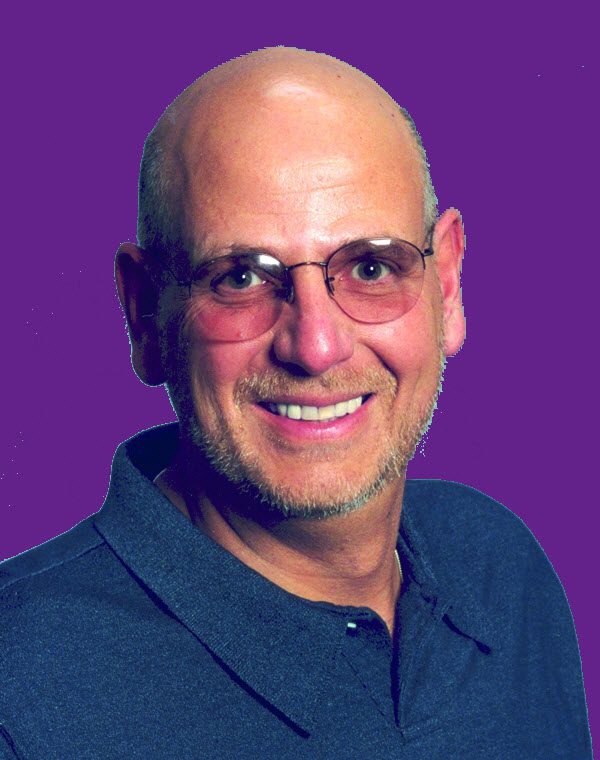
Interview with Simon
In 1973, I began work at the VA Prosthetics Center (VAPC) in New York City as a staff orthotist.
After driving a taxi cab in New York City for 5 years I jumped at the opportunity to begin an apprenticeship at the VAPC.
Important event(s) that influenced my early decision to get into the assistive technology field
My mother had severe diabetes and lost her leg as a result of a mosquito bite. Her use of a lower limb prosthesis led to my interest in technology for people with disabilities.
My inspiration and mentor
There were two individuals who were instrumental in developing my leadership style. Mette Norgaard and David Miller helped me to understand how to interact with the widest variety of professionals and clients alike.
Why the field is important to me and the central focus of my work
My work over the past two decades as a leader and coordinator in various organizations has allowed me the opportunity to help thousands of people with disabilities by working with and for the people who serve them.
My memorable successes and greatest contributions to the field
The development and commercialization of two specific seated positioning components, the BiAngular Back and the Subasis Bar, and the associated systematic application of these as seated positioning intervention strategies. My greatest contribution is serving as a founder and President and most recently as Executive Director of NRRTS, the National Registry of Rehabilitation Technology Suppliers.
My most memorable failures
My single biggest failure was my inability to both run a private seating and wheeled mobility company and work as a clinical seating professional in the field.
Significant changes and advances in the field since I first entered it
When I started in seating and wheeled mobility service delivery virtually every seating system we produced was customized and built from scratch. Today, most everything we used to make is commercially available – often to the detriment of the clients who need these interventions. The most significant changes are the advent of the ATS and ATP credential and the establishment of credentialing through NRRTS has changed the landscape of service provision. The adoption by CMS of the ATP credential as a sign of expertise in seating and wheeled mobility has been disastrous to the quality of seating and wheeled mobility service delivery provided to Complex Rehabilitation Technology consumers. This is not a criticism of the RESNA certification program. It does reflect, however, my feeling that CMS’ “any port-in-a-storm” mentality was a serious mistake. CMS adopted a credential to represent a level of expertise in seating and wheeled mobility that was clearly intended, by RESNA, to be a very broad-based entry level AT credential – not a specialty certification.
On the future of rehabilitation engineering and assistive technology
In the area of fee-for-service seating and wheeled mobility service delivery the future is very bleak unless we are able, through Federal legislation, to establish a stable and sustainable business environment. It is only through this sustainability and stability that access to appropriate seating and wheeled mobility technology will be assured for Americans with significant physical and functional disabilities.
My role within RESNA and what it gave back to me
I have been Chair of the RESNA SIG-09. I served as RESNA’s Treasurer, Secretary, and President.
My suggestions for those just entering the field
Things can only get better!

